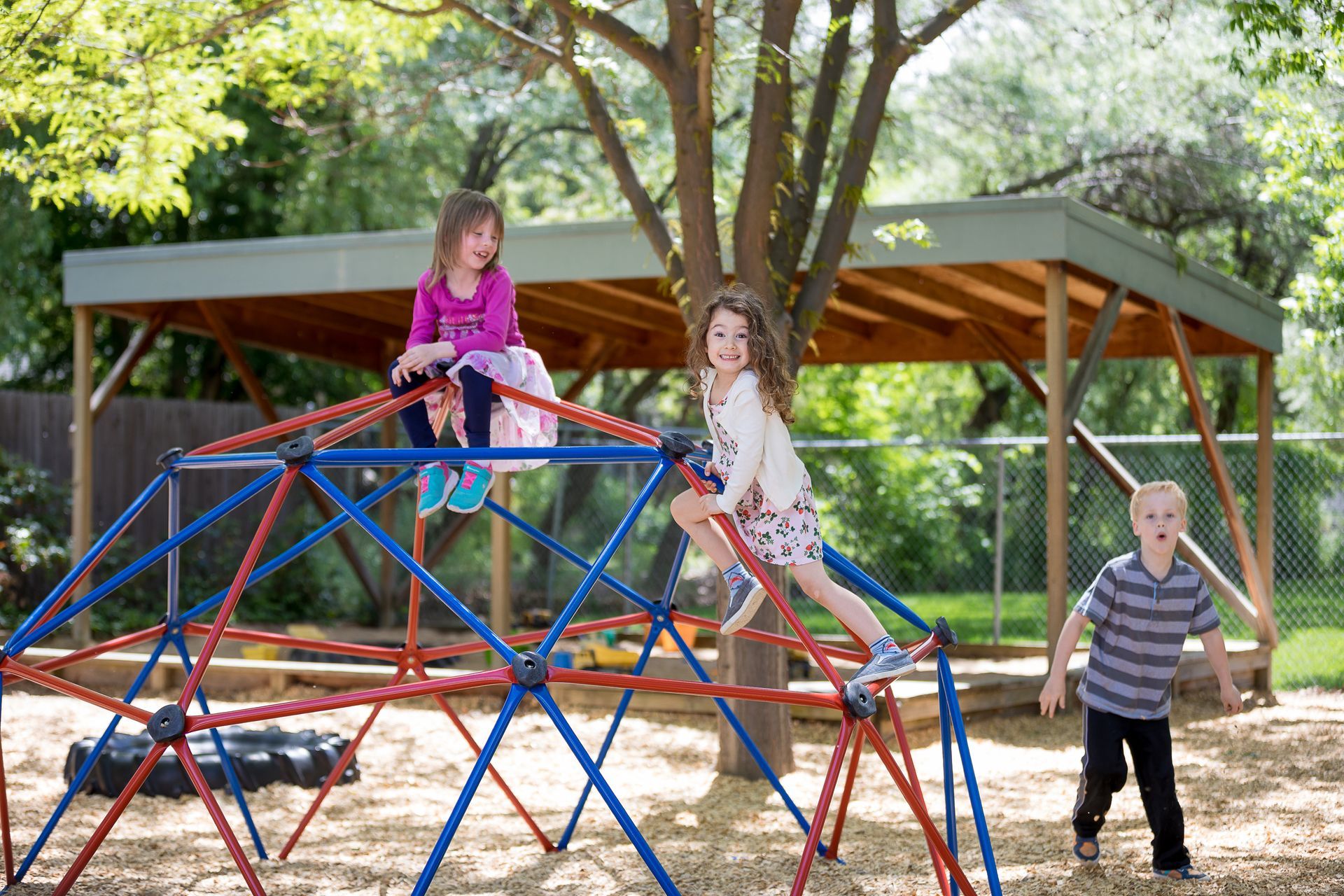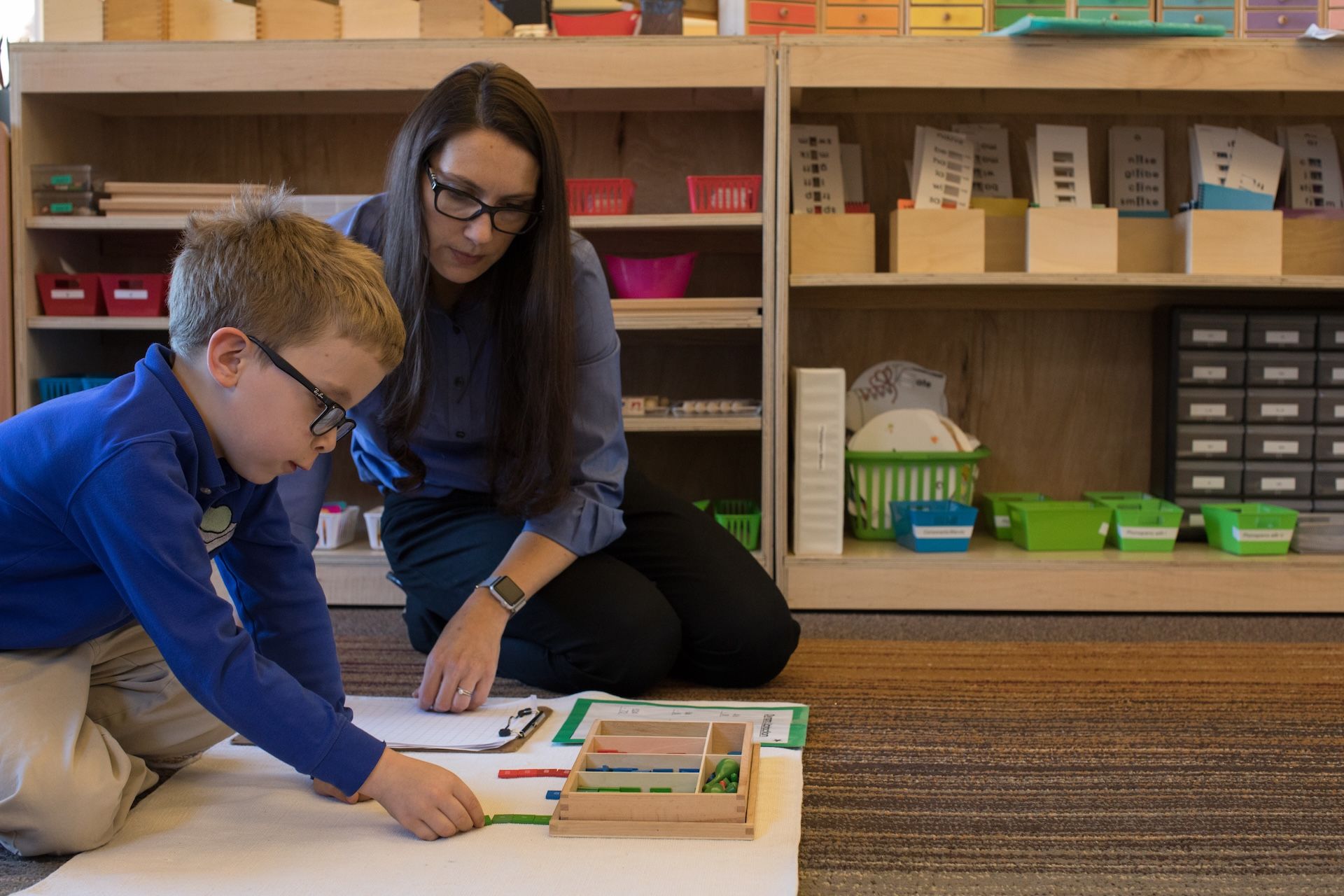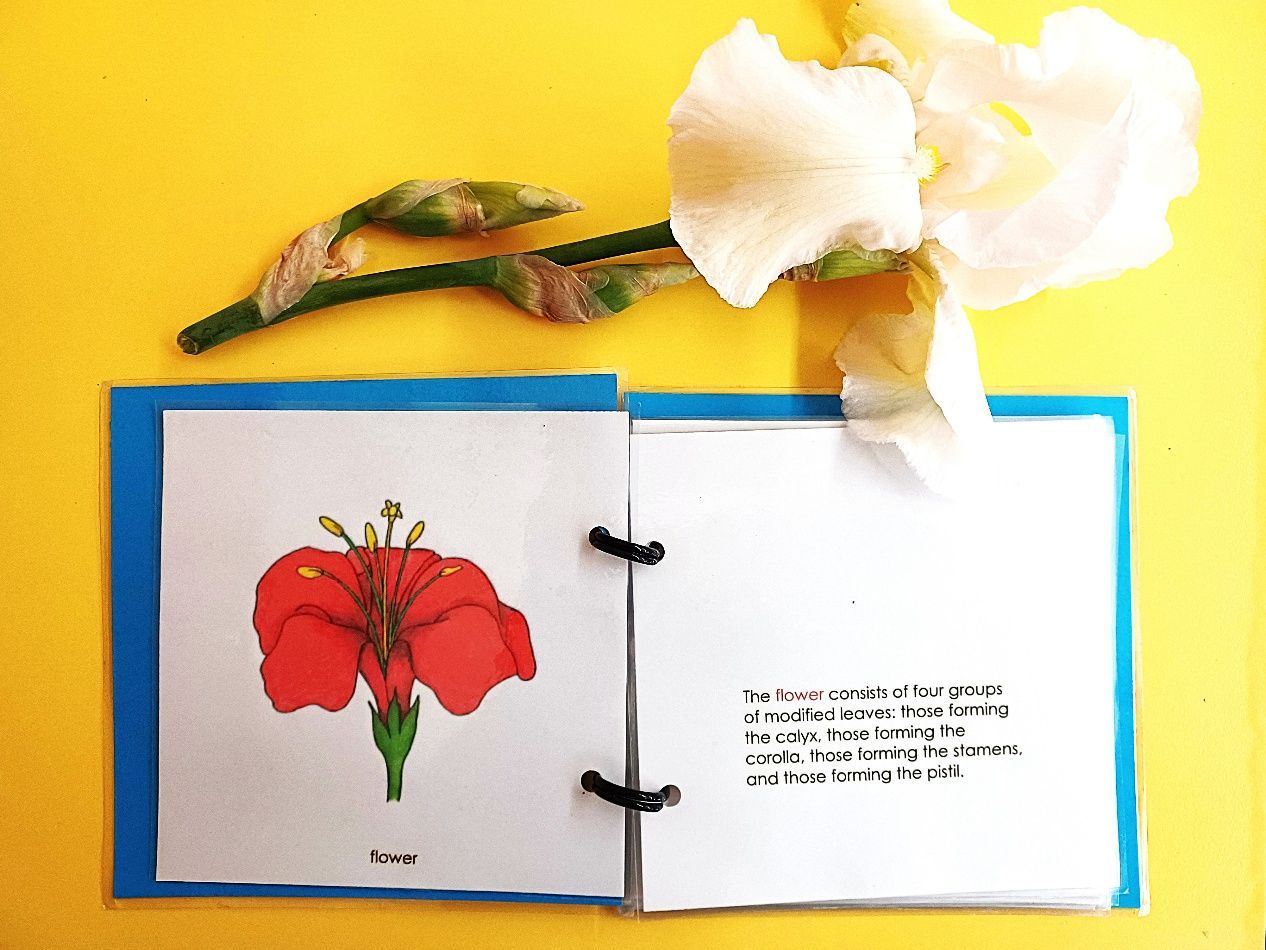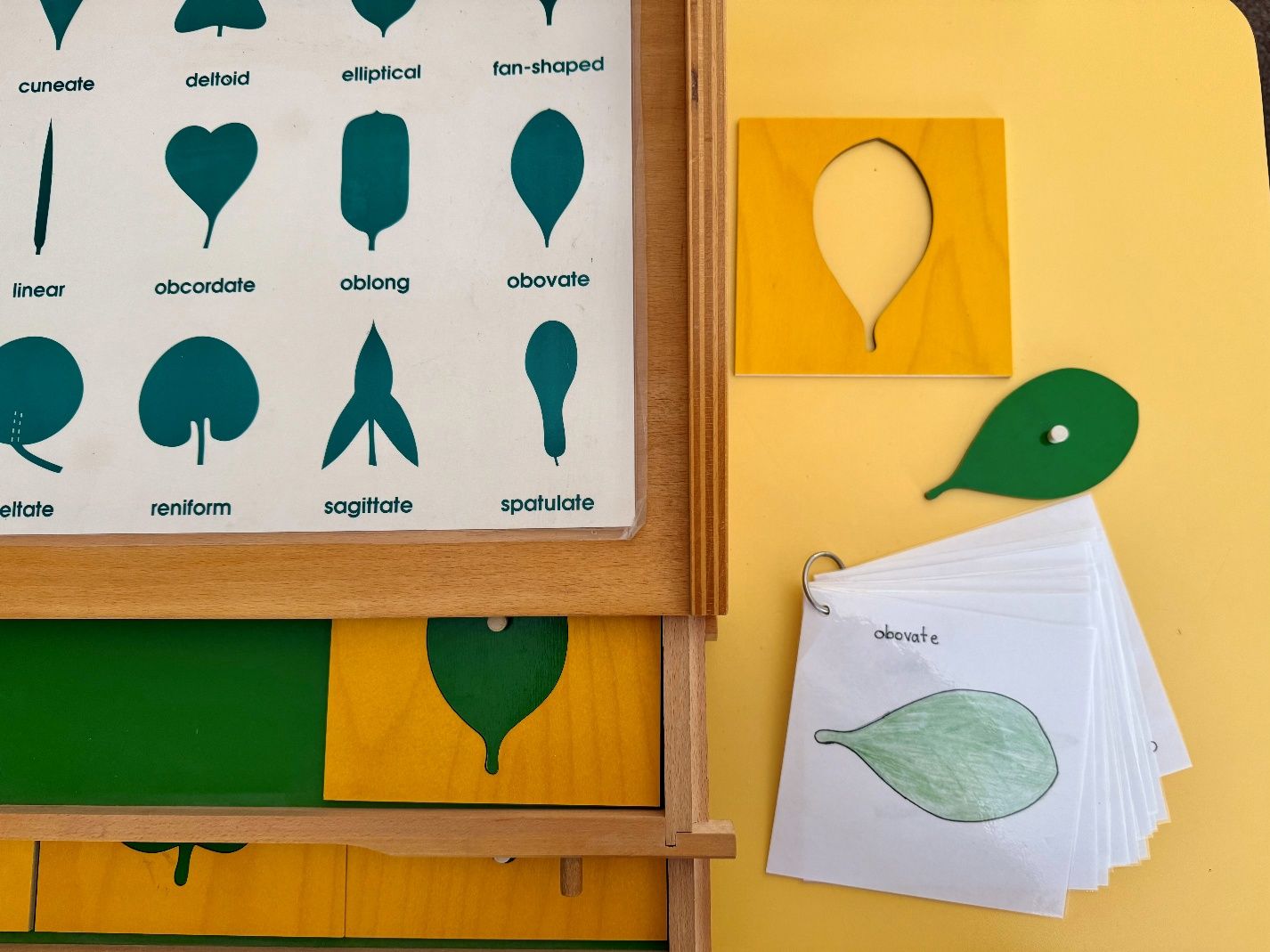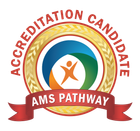About Us
Our Mission
Rose Hill Montessori School serves students from age 3 to 12. We are committed to providing a comprehensive education by implementing authentic Montessori principles, and using scientifically supported materials, to meet each child’s individual needs.
Our Vision
Experienced staff guide students toward becoming confident, creative, empathetic, culturally aware, and responsible children who are nurtured toward having a lifelong love of learning.
Why Choose Us?
We focus on curiosity, independence, compassion, collaboration, and critical thinking.
Our curriculum presents skills at the time when children are most ready to learn.
We view our relationship with you as a partnership, working together for the benefit of your child.
Our Programs
Reviews
"As a parent of 4 children who attended Rose Hill Montessori before we moved from the area, we are grateful for the excellent start Rose Hill provided our children. The program, from primary through upper elementary, is strong on academics, while also supporting the child's socio emotional needs. It is a wonderful community and one we still miss!"
Jennifer Weaver
"I can’t say enough great things about Rose Hill Montessori, their teachers and administrators! We have been at this school for 5 years and I can’t imagine our life away from the RHM community. My two kids are thriving and so happy. I’m so thankful for the support they have."
Elizabeth Belts-Kauffman
"My son has gone to this school for over 3 years. He is learning multiple languages, mastering science and math skills, becoming a better writer - and listener, and most of all - a better human being. The school not only teaches the major educational arenas, but also helps the child develop a stronger sense of self and respect for our neighbors, our community, and awareness of those less fortunate.
Parent / Guardian
Our Blog
Visit Us!
We invite you to visit our school, meet the teachers, and observe the children in their classrooms. We encourage you to ask questions and learn about the opportunities available at all levels of our programs.






